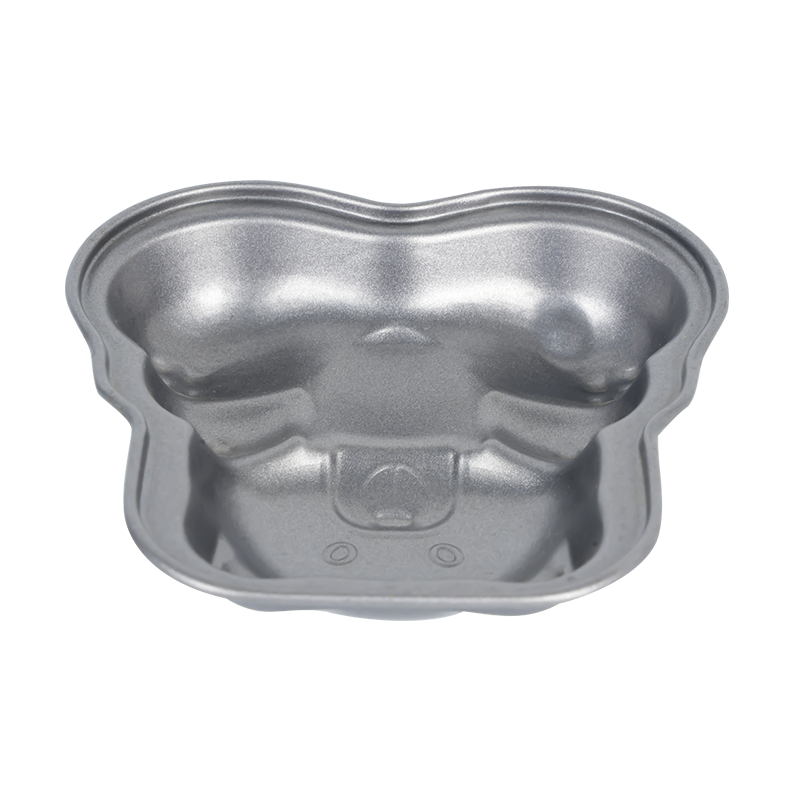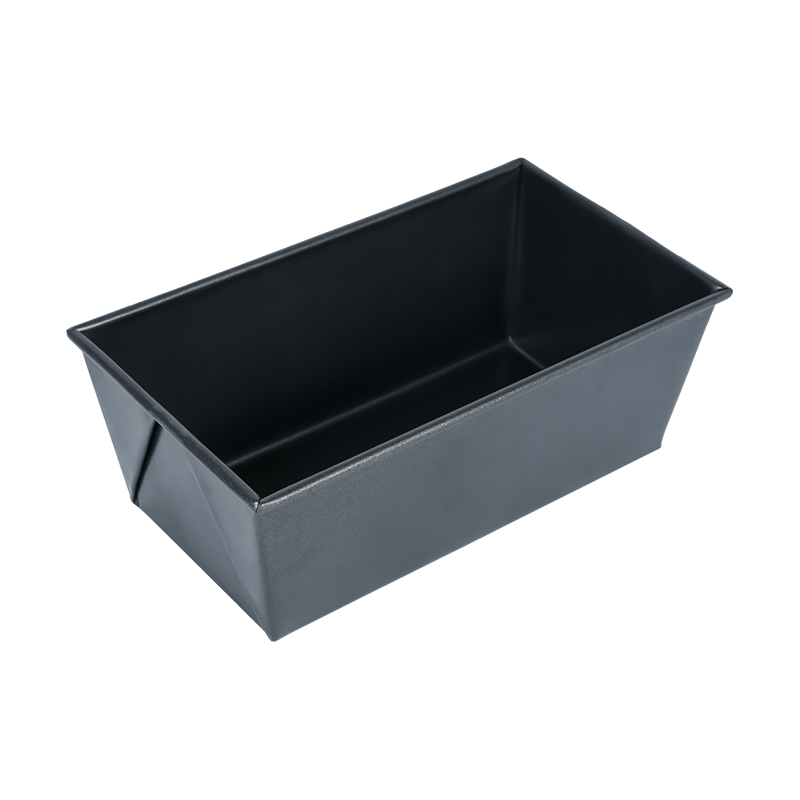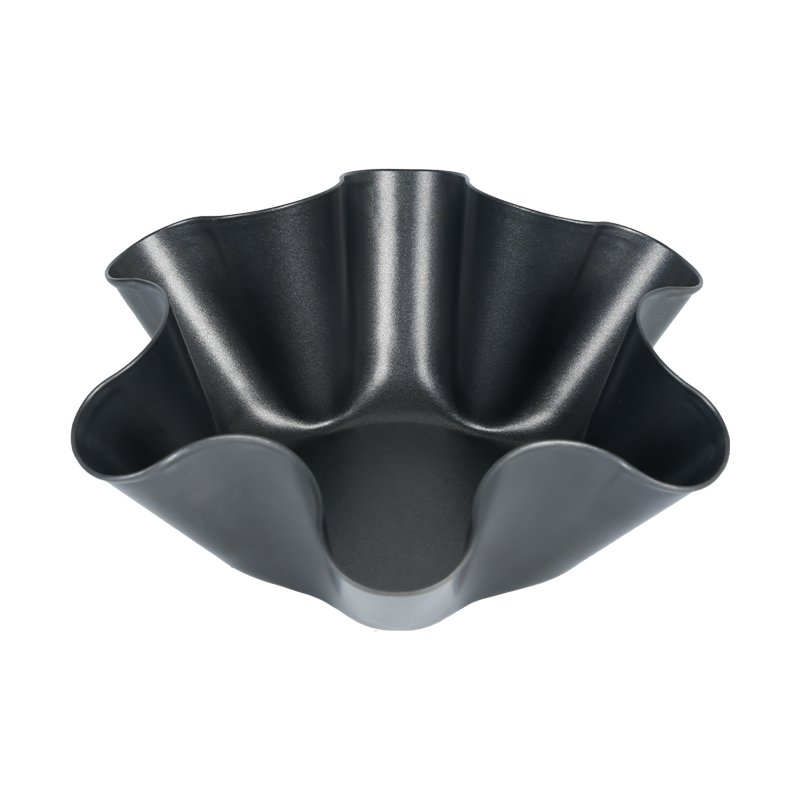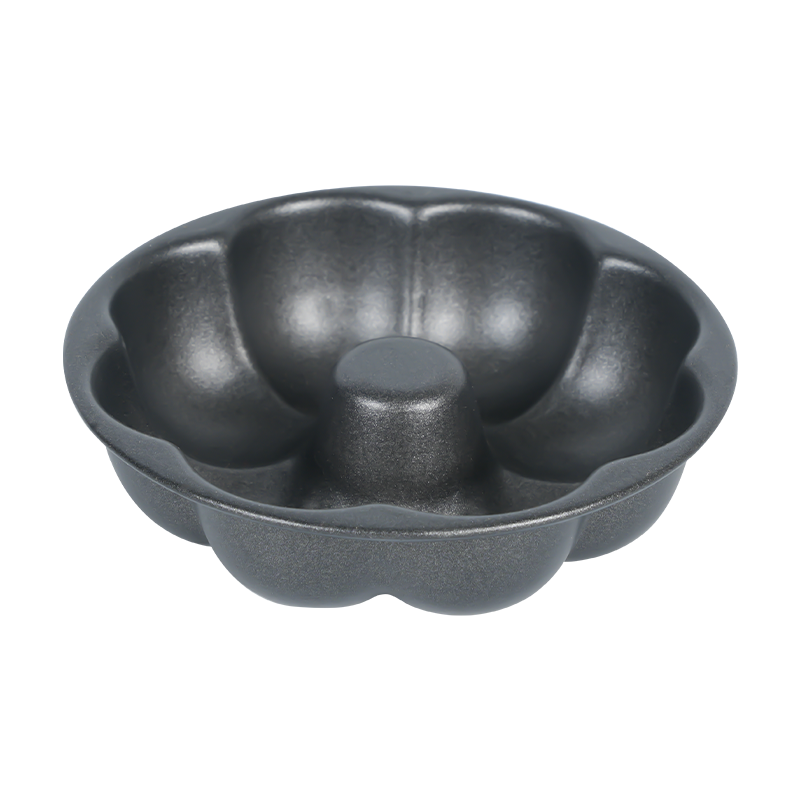The company relies on a high degree of brand awareness, fine product quality, convergence of multiple strong advertising media power, and through the integration of capital, knowledge, talent technology, channels, information operations.
Understanding the Limits of Ingredient Compatibility
The Microwave Baking Tray has become a popular kitchen accessory for those looking to bake quickly and efficiently without using a traditional oven. With its ability to harness microwave energy for cooking, many users find it ideal for a range of simple baked goods. However, a frequently asked question is whether this kind of tray is truly suitable for baking all types of ingredients. While it offers speed and convenience, the answer largely depends on the specific ingredients and the intended culinary results.
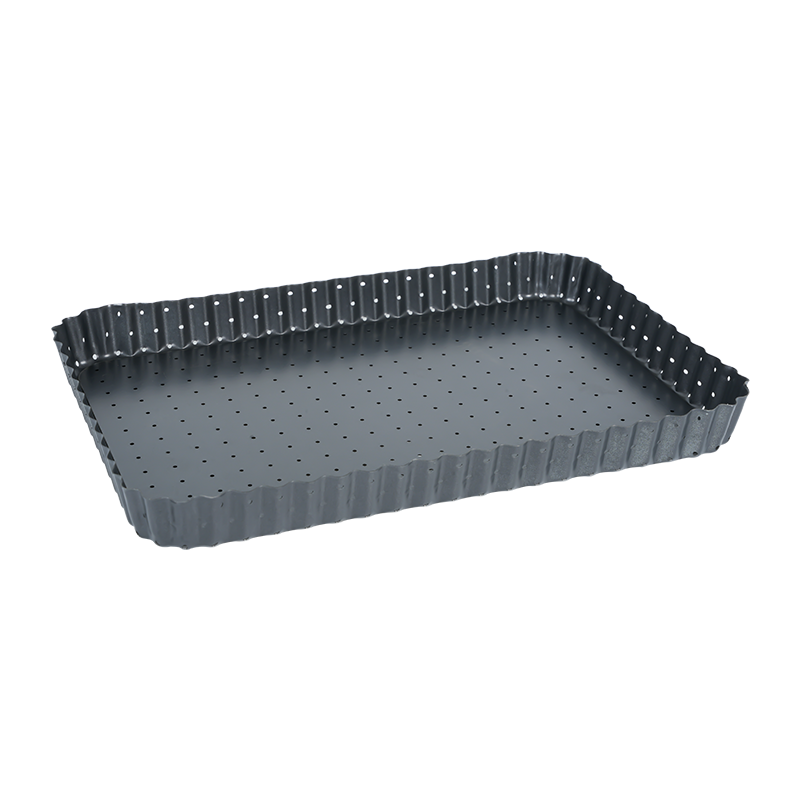
Suited Ingredients for Microwave Baking
Microwaves heat food primarily through water molecule excitation, which makes moist ingredients especially compatible with this method. Therefore, soft batters for cakes, brownies, and muffins perform well when used with a Microwave Baking Tray. These items require less precise crust formation and benefit from the quick, even moisture retention that microwave cooking provides. In addition, egg-based recipes like frittatas or baked omelets often turn out well, as they require gentle, uniform heating rather than dry heat.
Ingredients That May Not Bake Well in a Microwave Tray
While the tray is versatile, not every ingredient adapts well to microwave baking. One of the major limitations is the lack of high, dry heat, which is essential for certain recipes. Ingredients that require caramelization, browning, or a crispy crust, such as pie doughs, puff pastry, and artisan breads, will generally not perform well. These foods depend on oven-specific reactions like the Maillard process, which a Microwave Baking Tray alone cannot achieve. Even with microwave-crisping inserts, results often fall short of what conventional baking can offer.
Texture and Finish Considerations
Texture is another critical factor in determining compatibility. Recipes that rely on a dry finish, airy structure, or specific crust development might not work as intended. Breads with long fermentation, croissants with layered dough, or biscotti needing double baking are poor candidates for microwave baking. The heating mechanism often causes a softer, sometimes soggy texture. Even if the inside is fully cooked, the outside may lack firmness or visual appeal. Therefore, a Microwave Baking Tray is better reserved for items where softness and moisture are acceptable, or even preferred.
Potential Issues with Dense and Protein-Rich Ingredients
Ingredients like raw meats, thick doughs, or high-fat mixtures may pose challenges. Dense compositions can result in uneven heating, leaving the center undercooked while the outer layers become overdone. This is not only a matter of quality but also of food safety, especially when dealing with poultry or eggs. Even with a turntable-equipped microwave and a heat-resistant Microwave Baking Tray, these risks remain. Thinner, uniformly shaped preparations are far more likely to produce successful outcomes.
Improving Versatility Through Design Innovations
Some manufacturers have enhanced the design of microwave trays by integrating materials that better mimic traditional baking conditions. These trays may include browning elements or silicone components that facilitate more even heating and improved crust formation. Such features can slightly expand the range of compatible ingredients, allowing for firmer textures and even some degree of caramelization. However, while these developments increase flexibility, they still cannot fully replicate the thermal environment of an oven.
Selective Use Yields Results
The Microwave Baking Tray is a useful tool for specific kinds of baking, particularly when dealing with moist, quick-cooking recipes. It shines in scenarios where time is limited and a crisp crust is not essential. However, it does have limitations, particularly with ingredients that require dry, high heat, or careful textural development. Understanding what this tray can and cannot do helps users make informed choices and avoid disappointing results. For those who choose the right recipes and ingredients, it remains a practical and efficient option for everyday kitchen use.

 English
English русский
русский Español
Español